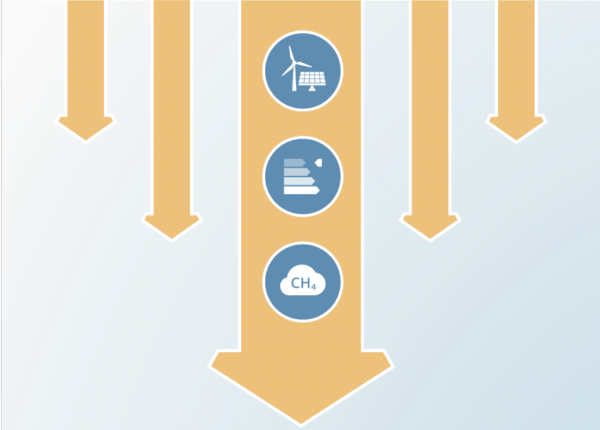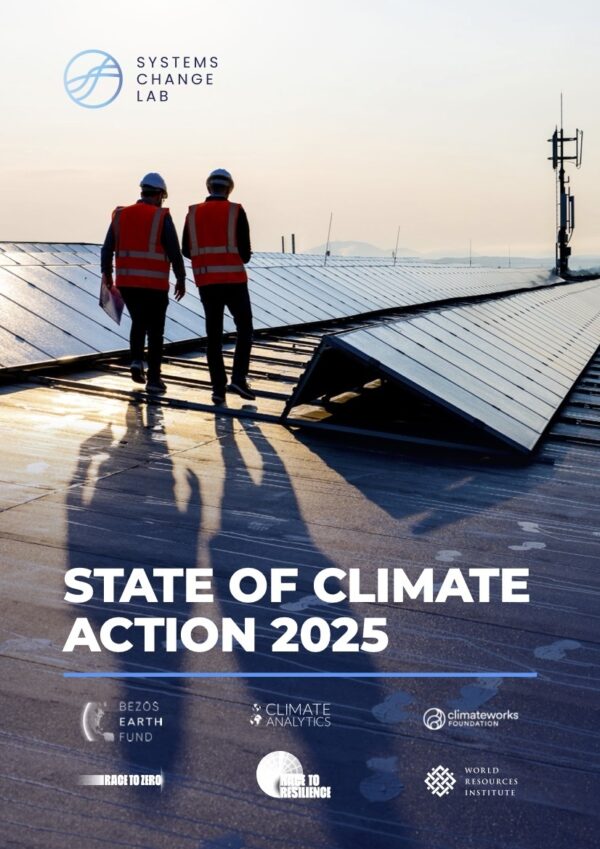Clearing the air on methane: a global review of emissions, ambition and the policy landscape
Authors
Share

Rapidly reducing methane emissions is critical to keeping the 1.5°C temperature limit within reach. Methane is a highly potent greenhouse gas, with a global warming potential roughly 28 times that of carbon dioxide over a 100-year period. Although its atmospheric lifetime is much shorter – about 12 years – its potency means that cutting methane can deliver rapid and significant climate benefits.
This report assesses emissions, targets, and policies for 72 countries that collectively account for over 90% of global methane emissions, providing a robust foundation for understanding progress and gaps in global methane mitigation efforts. All databases developed for this project are publicly available through the Global Methane Explorer.
Global Methane Explorer
A comprehensive dashboard for methane emissions, targets and policies

The Intergovernmental Panel on Climate Change’s Sixth Assessment Report makes clear that rapid methane reductions are essential. In pathways compatible with the 1.5°C limit, global methane emissions fall by 34% by 2030 and 40% by 2035, compared to 2019 levels. However, the world is not on track. Global methane emissions have continued to rise, reaching an average of 345 Mt CH4 in 2022 and putting the world on a dangerous path compatible with 2.7°C of warming by the end of the century. Reversing this trend will require increased government ambition and concrete action to deliver deep, sustained methane reductions.
Measurement and reporting of methane emissions remain a significant challenge. Uncertainties in methane emissions stem from differences in measurement approach, methodology, and sector-specific challenges. These uncertainties directly impact the effectiveness of policies, the ability to evaluate outcomes, and efforts to track progress towards methane targets. They also hinder accountability for both governments and the private sector.
To assess both historic methane emissions data and associated uncertainties, this report draws on four major datasets – the Community Emissions Data System, the Emission Database for Global Atmospheric Research, the PRIMAP (HISTCR) national historical emissions dataset, and official country submissions to the United Nations Framework Convention on Climate Change. Through comparative analysis of these datasets, we provide a comprehensive view of global, sectoral, and national methane emissions trends.
Our analysis finds that agriculture is consistently the largest source of global anthropogenic methane emissions, followed by the energy and waste sectors. Methane emissions are highly concentrated: China, the United States, and India are the largest emitters, together representing about one-third of global methane emissions in 2022. While some regions, including the European Union and the United States, have seen reductions in methane emissions since 1990, emissions continue to rise in most major emitters – namely countries with rapid population growth and expanding fossil fuel production. Despite differences in magnitude of emissions reported, the datasets show consistent trends in global, sectoral, and country-level emissions, though notable discrepancies remain, especially in the energy sector and for countries with less robust reporting systems.
While 81% of countries in our study include methane in their nationally determined contributions, only a small share (16%) has adopted methane-specific reduction targets. Our analysis of policies directly targeting methane emissions finds that implementation has accelerated in the past decade, with most active policies adopted since the late 2000s. Many countries have introduced policies to reduce methane emissions in the energy, agriculture, and waste sectors. However, some policies are stalled or have been rolled back, and several major emitters have adopted few or no direct methane mitigation policies in key sectors.
This report represents the first phase of an ongoing project to track and assess methane emissions. The next phase will identify global, sectoral, and country-level methane reduction pathways and assess the gaps between current emissions, targets, and policies, and what’s required to align with the 1.5°C temperature limit. By evaluating these gaps and highlighting successful approaches, we aim to provide stakeholders with the evidence and tools needed to develop, advocate for, and implement stronger methane policies required to keep the 1.5°C goal within reach.











